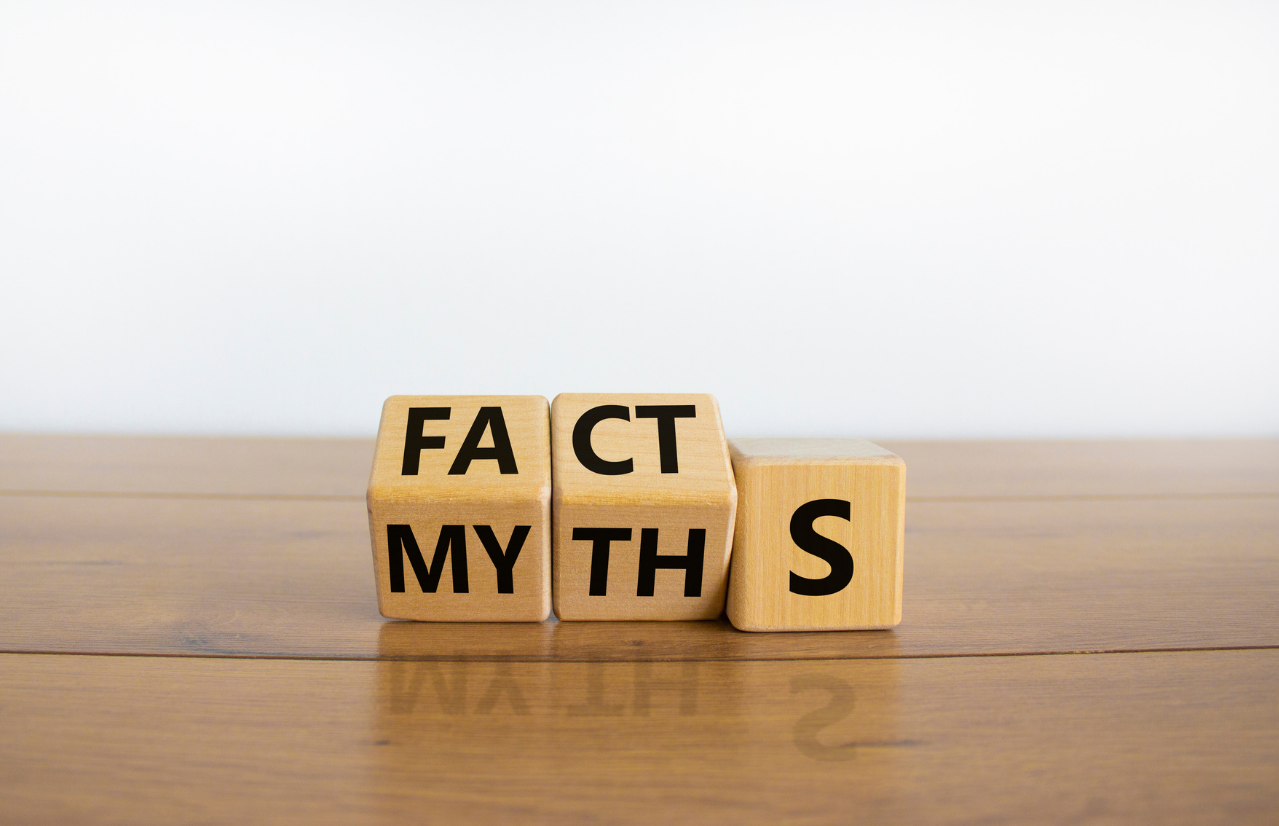Understanding how your body responds to different types of exercise is key to optimizing your fitness routine. Our genetic makeup influences everything from muscle composition to endurance levels, determining whether we excel in power-based activities like sprinting and weightlifting or endurance sports like long-distance running. A crucial factor in this equation is the difference between slow-twitch and fast-twitch muscle fibers. Recognizing how these fibers function and their genetic foundation can help individuals tailor their workouts for peak performance.
The Science Behind Muscle Power
Muscle power is the ability to exert maximum force in the shortest time possible. It plays a crucial role in explosive movements such as sprinting, jumping, and throwing. This type of performance relies heavily on fast-twitch muscle fibers, which contract quickly but fatigue easily. The ACTN3 gene, often referred to as the "gene for speed," plays a significant role in determining how well these muscle fibers function.
Fast-Twitch vs. Slow-Twitch Muscle Fibers
-
Fast-Twitch Fibers (Type II): These fibers generate quick bursts of power and speed but fatigue rapidly. They rely on anaerobic metabolism, meaning they don’t require oxygen to produce energy.
-
Slow-Twitch Fibers (Type I): These fibers support endurance activities, as they are highly resistant to fatigue and use oxygen to sustain prolonged exercise.
The ACTN3 gene encodes for the protein actinin alpha-3, found in fast-twitch muscle fibers. Individuals with the C allele of the ACTN3 gene are more likely to have an increased ability to develop power, making them well-suited for high-intensity, short-duration activities. Those with the TT genotype may have fewer functional fast-twitch fibers but can still improve power through targeted training.
Training for Power-Based Performance
For those genetically inclined toward fast-twitch dominance, the following exercises can help maximize power output:
-
Sprinting (100m, 200m races)
-
Olympic weightlifting (snatches, cleans, jerks)
-
Plyometric drills (box jumps, depth jumps, medicine ball throws)
-
High-intensity interval training (HIIT)
-
Short, explosive strength workouts (low reps, high weight)
The Science Behind Muscle Endurance
Muscle endurance is the ability of a muscle or muscle group to sustain repeated contractions over an extended period. This ability is vital for activities such as long-distance running, cycling, and swimming. Endurance performance is largely influenced by slow-twitch muscle fibers and VO2 max, which measures the body's ability to deliver oxygen to muscles during prolonged activity.
The Role of the PPARA Gene in Endurance
The PPARA gene is associated with endurance performance due to its role in fat metabolism and energy balance. Individuals with the G allele tend to have a higher proportion of slow-twitch fibers and greater fat oxidation, making them naturally inclined toward endurance sports.
Training for Endurance-Based Performance
For those with a genetic advantage in endurance activities, the following exercises can enhance performance:
-
Long-distance running (marathons, ultramarathons)
-
Cycling (road and endurance cycling events)
-
Swimming (long-distance swims, triathlons)
-
Rowing (prolonged rowing sessions, cross-training)
-
Circuit training with high-rep, low-weight strength exercises
Enhancing Performance Regardless of Genetics
While genetics play a role in athletic performance, training can significantly impact muscle adaptation. Regardless of genetic predisposition, individuals can improve both power and endurance by following tailored workout plans, proper nutrition, and recovery strategies.
Creating a plan when it comes to understanding your Genetic makeup is essential, especially when you’re curating exercise programs. Rightangled provides a comprehensive Wellness Pro Test, along with a Fitness Test which can accurately pinpoint your body composition and which exercise format you will best respond to.
Check out our Wellness Pro DNA Test
Check out our Fitness DNA Test
Conclusion
Genetics provide insight into how our muscles function and respond to different types of exercise, but they do not determine our limits. Whether you’re built for speed and power or endurance and stamina, understanding your muscle composition can help you train smarter and reach your peak potential. By leveraging this knowledge, athletes and fitness enthusiasts alike can create personalized workout routines that align with their genetic strengths and overall fitness goals.





يشارك:
علم الوراثة من البداية